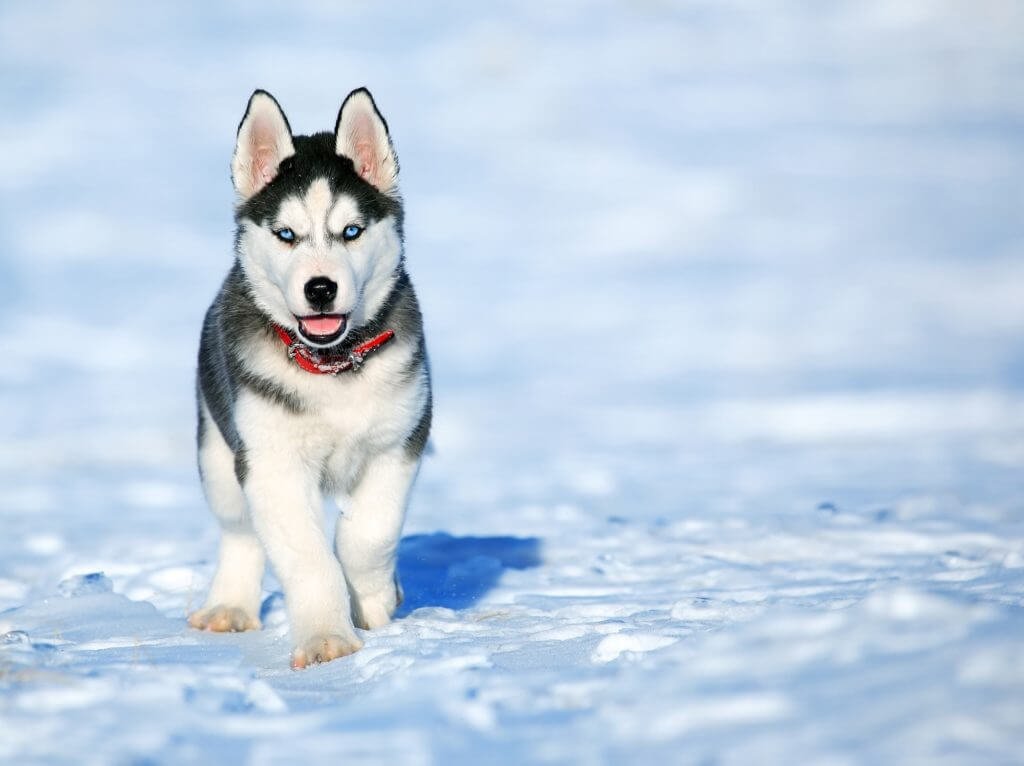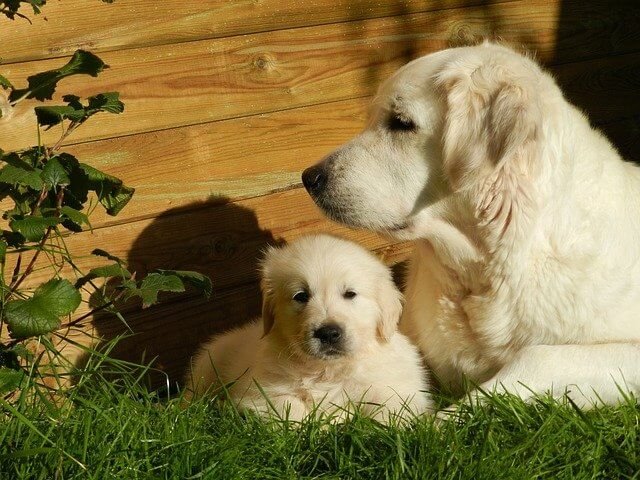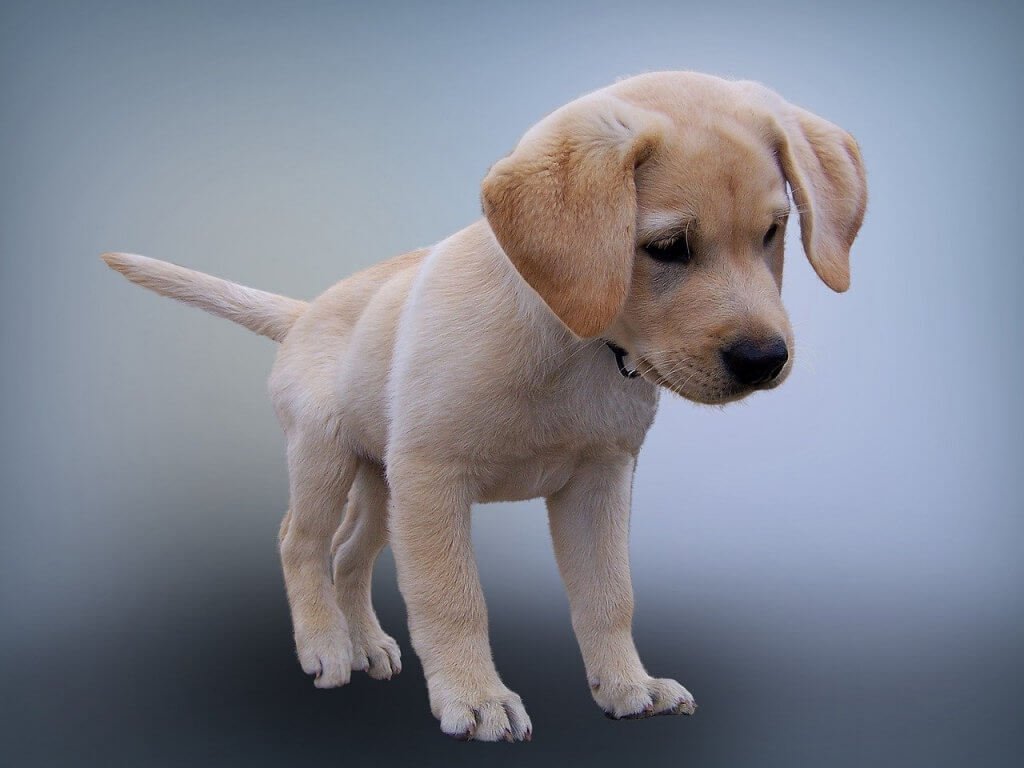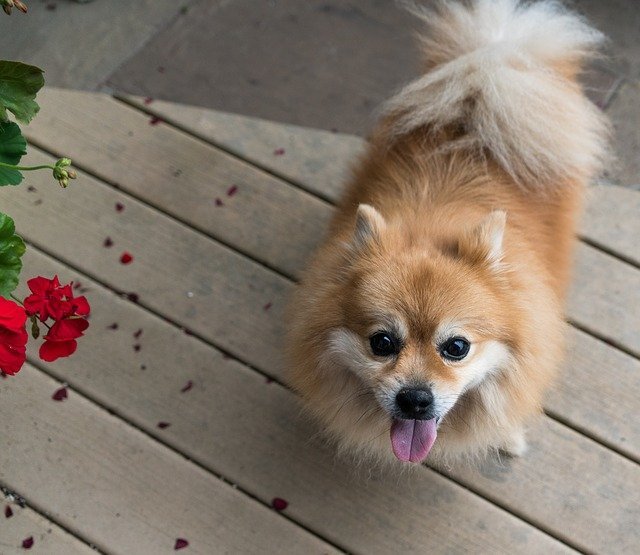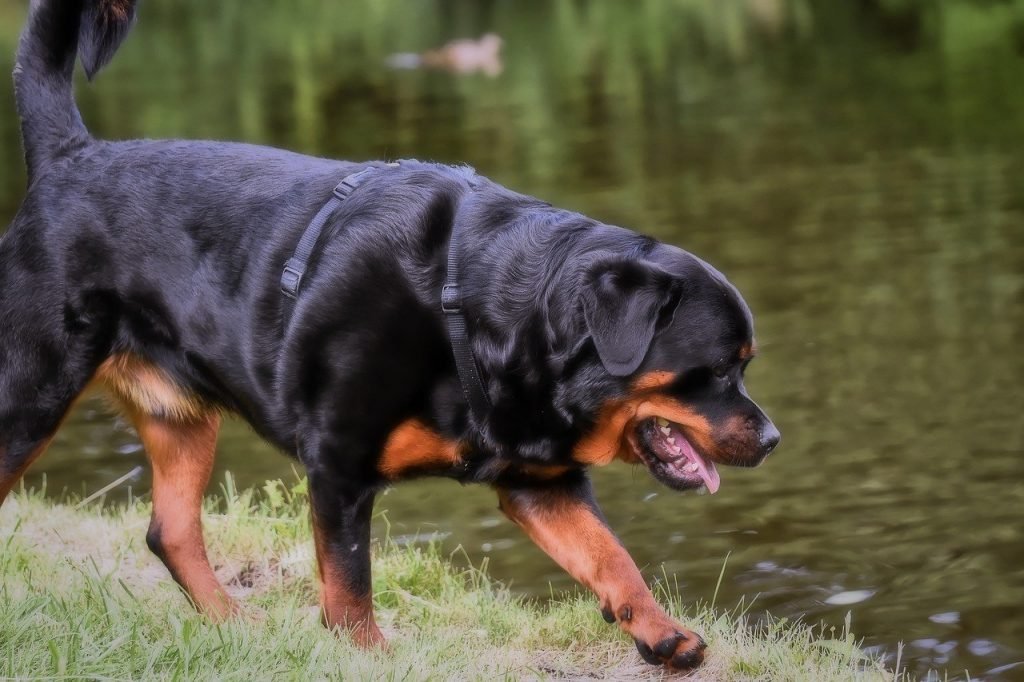Siberian Husky
- English name Siberian Husky
- Type medium-sized dog
- Classification fluffy dog pulling sled dog working dog
- Shoulder height 51~60cm
- Weight 16~27kg
Table of Contents
Origin
All Huskies evolved from wolves, and it is because of the diversity of coat colour, size and temperament among the wolf breeds that we have today’s incredibly diverse breed of dogs.
The Siberian Husky, whose name is derived from the distinctive hoarse bark of the husky dog. The Chukchi, a primitive tribe in northeastern Siberia, used this wolf-like breed as the most primitive form of transportation to pull sleds and used the dogs for hunting and raising reindeer. The husky dog became an essential property of the Chukchi people because of its small, sturdy size, small appetite, lack of body odour, and cold tolerance, making it well adapted to the polar climate.
Initial Function
The wolf-like breed grew up alone in Siberia as the original vehicle for sledding and was brought to the United States by fur traders in the early 20th century. The dog became a world-famous champion sled puller in no time at all. Today, the dog is loved as an excellent companion dog.
Temperament
Gentle and friendly, but not very exclusive
The Husky can get along very well with its family. But at the same time, it is not very exclusive, sometimes even more affectionate to others than to its owner. Of course, they will also wag their tails happily at thieves instead of baring their teeth and showing their fierce teeth. If you wish to keep a fierce dog that can protect your home and keep you safe, don’t count on the husky to do it.
Lively, but inevitably free-spirited
Husky males are more docile than females. Males are better tempered and easy to teach, while females can be overly active and neurotic much of the time. The Husky has a lot of energy and plenty of curiosity. He needs a lot of activity to burn off his energy every day; he is always playing, running and jumping and can play with you tirelessly for hours. However, we need to advise you that when you take little Ha out, you must bring a good leash.
Smart and resourceful, but afraid of being alone

Huskies are in the 45th percentile of working obedience and IQ and are dogs of the upper-middle degree. With the patience of a trainer, the Husky is capable of taking on heavy responsibilities. Many Huskies were trained at Chinook Kennels in Hampshire, New England, ready for Antarctic expeditions; they also participated in military research activities in the Arctic and served as rescue dogs for the Air Force Transport Command Center during World War II. However, the inner world of the Husky is very eager for the attention of its owner. If you are a busy owner and can’t be with him often, the gentle Husky can easily feel lonely.
Amazing stamina but patience
The Husky is originally a medium-sized dog, small and sturdy, with excellent stamina, but not suitable for pulling heavy objects. As a good sled dog, the Husky is like a sports car in the snow, and its remarkable ability is most evident when it is saddled up and hauling light loads over long distances and performing its most primitive tasks at moderate speeds. Its body proportions and shape reflect the basic balance of strength, speed and endurance. But when you keep him as a pet, this spirit is also very torturous; he will carry the ball to lick you all over the slobber. Once he is happy, he will use his huge body to crash into your feet with super fast speed and make you scared. Even when you are still awake, jump on the bed to play with you as a reason to torture you. When you are tired of the tongue, most of the time, he is still not finished. But at the same time, he brings you pleasure that can not be described in words.
Gait
The standard gait of the Husky, a medium-sized working dog, is smooth and relaxed, with a light step. The Husky is like a muscular and enduring marathon runner in the dog class, running light and fast, with a good extension of the front limbs and strong drive of the hind limbs. When the Husky trots to a certain speed, his legs gradually extend forward until his toes all fall on the longitudinal axis of his body, which can support his body weight smoothly.
Coat Quality
The Husky’s body is compact and has a thick coat with two layers of outer hair and fleece, generally in a ratio of 8:1. The top of the outer coat is dark and shiny, while the lower end is coarse and relatively light-coloured, with thick roots growing tightly into the skin, so the Husky’s outer coat is generally less likely to shed. In addition, the thick inner coat secretes oil that is used to repel water, and it is this oil that creates very scientific insulation against the heat and cold of the outside world.
Colours
All colours are acceptable, from black to pure white. Some other colouration on the head is common, including many patterns not found in other species.
Head
Eyes are almond-shaped, separated by a moderate distance, slightly oblique, and can be brown or blue. It is acceptable if the two eyes are different colours but meets the criteria for eye colour. The ears are medium-sized, triangular, both ears grow close together, at the top of the head, thick, with good fur, slightly arched at the back, firmly erect, with slightly rounded tips, pointing straight up. The skull is of medium size, in proper proportion to the body, slightly rounded at the top and tapering from the widest part to the eyes. The muzzle is of medium length, meaning that the length from the tip of the nose to the corner of the mouth is equal to the length from the corner of the mouth to the top of the back of the head, of medium width, gradually sloping to the nose, and neither too pointed nor too square at the tip of the nose. The lips are evenly coloured and tightly closed. Neck, dorsal line and torso
The neck is medium in length and arched, standing upright and raised when the dog stands. The chest is deep, strong, but not too wide, with the deepest point just behind the elbow and level with it. The ribs are fully expanded outward from the spine but are flattened laterally to allow freedom of movement. The back is straight and strong, of medium length, not rounded or flabby due to excessive body length. The lumbar region is tight, sloping, narrower than the thorax, and slightly folded.
Tail
The Husky tail has an abundance of hair below the dorsal line, and when the dog is standing upright, the bottom is usually carried on the back in a graceful sickle-shaped curve. When raised, the tail is not curled on either side of the body, nor does it rest flat on the back. The hair on the tail is of medium length, with the top, side and bottom hairs being about the same length, making it look very much like a fox’s tail.
Hindquarters
When the Husky stands from behind, the two hind legs are moderately far apart, and the legs are parallel. The upper thighs are well-muscled and strong, the knees are fully flexed, the ankles are well defined, and the position from the ground is low.
Forequarters
The scapulae are tucked back. From the point of the shoulder to the elbow, the upper arm has a slight backward angle and cannot be perpendicular to the ground. The muscles and ligaments between the shoulders and the thorax are well developed. When standing from the front, the distance between the legs is moderate, parallel, and straight, and the elbows are close to the body, not turned inward or outward. From the side, the bone cross-section has a certain angle of inclination, strong and flexible. The bones are strong and powerful but not heavy. The distance from the elbow to the ground of the leg is slightly greater than the length from the elbow to the top of the horse’s shoulder ridge. The distance from the elbow to the ground of the leg is slightly greater than the length from the elbow to the top of the shoulder rung. Paws are medium-sized and tight, with more hair between the toes and fleshy pads.
Preferred Living Environment
Huskies should be kept in a spacious environment in the city and kept in a dry environment as much as possible. At the same time, the location where the kennel is placed should be quiet and warm, without cold winds blowing, but not too stuffy either. When we change the bedding in the kennel, leave a cloth with the dog’s scent on it, as this will help to calm the Husky down quickly.
A young dog needs a secure kennel, so a puppy under five months of age is best kept in a crate or kennel with a few toys to keep him company and make him feel secure. When the puppy is over five months old, it is recommended that he should not be kept in a crate and should be let out to roam freely.
Food intake
Huskies also develop very quickly and can grow into adults within a year to a year and a half after birth. This growth period is very important and requires twice as many calories as an adult dog. In order for your puppy to grow up healthy and strong, you should pay special attention to his diet during development.
Puppies are weaned at about six weeks of age and can eat regular food thereafter, but they should be fed 3 to 4 times a day for 1 to 6 months of life. After weaning until about the third month, the feeding time should be set at 7:00 am 12:00 noon, 5:00 pm and 10:00 pm at night, four times a day. From the fifth month to the eighth month of life, the puppy can be fed three times in the morning, noon, and evening, and the amount of food given to the puppy during this period is about 1/3 to 1/2 of the adult dog’s. The composition of the puppy’s food during the months from 2 to 3 months of weaning to less than three months of age will determine its lifelong eating habits. If you plan to continue to raise your puppy on special food in the future, it is important to acclimate him to the taste of special food during this time. If you are planning to raise your puppy on a home-cooked diet in the future, the food should be mainly animal protein with high-calorie foods. From 6 months to 1 week of age, you can feed more animal protein foods.
Most puppies are ready to eat hard dog food by about two months of age. If puppies are not used to eating it for a while, soften it with boiling water, milk or soup before feeding it to them. Each dog does not eat the same amount of food, so you can feed a little more at first and then judge the amount you feed based on how much food is left over.
Exercise
Unlike other dogs, Huskies do not need a lot of exercises, but it is important to get proper daily exercise. Huskies are a very clean breed and do not like to urinate or defecate in the house when they are over six months old, so a responsible owner should take him out in the morning and at dusk to urinate and defecate daily, and you can use this opportunity to give him moderate exercise. For dogs kept in urban areas, an adult dog weighing less than 5 kg should be able to get the usual amount of exercise indoors in an apartment. Dogs weighing 10 kg or less should walk for 15 minutes or more daily. Dogs weighing 10 to 15 kg should walk for more than 30 minutes a day. Dogs weighing 20 kg or more should walk for more than 60 minutes a day. Dogs weighing 25 kg or more should be walked for 120 minutes or more per day. Exercise should be done daily. Some dogs have little to no activity Monday through Friday but do a lot of activity, even strenuous exercise, on Saturday or Sunday, which is actually very bad and may cause heart, spine, ligament and joint injuries, especially in many dogs over six years old.
Exercise should be adjusted in different seasons; if the morning activities and training are best completed before the temperature rises until the sun has set and the temperature begins to drop, then start the afternoon training, or can be extended into the evening or late at night.
Selection
How to buy a healthy puppy A healthy Husky puppy should appear happy, lively and playful. The body is sound to the touch, with straight feet and no unusual protrusions or abnormalities. The eyes are dark and clear, with eyeliner, without much discharge, and must not have red eyes or irritating infections. Husky puppies should have a black and moist nose, breathe well, have lively feet, have a sturdy body, have a flat, non-bulging stomach, pink, non-pale gums, clean around the anus with no diarrhea conditions, and a very shiny coat. If there is a diarrhea condition, it is important to pay special attention. You should also look at the ears, which should be free of parasites and should not have a foul smell in them.
How to buy a puppy with a good personality?
Puppies love to be with people and should feel very content and comfortable when you hold them. Do not choose one that is restless or behaves abnormally. If he is a “bully,” his personality will be very selfish and difficult to teach; if he is too shy, he will be afraid that he will not be able to entertain you; if he is very social and does not make any aggressive behaviour towards other puppies, he will be a social and docile puppy. If he is very social and gentle, he will be a social and gentle puppy.
Two factors that do not affect the price
1. Eye colour
Husky eyes can be blue or brown, blue or brown, or even mixed (no more than two colours in a single eye). Whatever the colour, it depends on personal preference and has little to do with the price.
2. What kind of colours
Huskies have a wide range of coat colours, from white, red, gray, brown to black, all of which are allowed by Husky standards. The choice of colour is purely a matter of personal preference and has little to do with price.
Selection and Matching
Pedigree and breeding patterns
1. Inbreeding
Inbreeding, such as father to daughter, son to mother, same father, same mother, same father and different father, etc. This breeding method simply means that the advantages are emphasized, while the disadvantages are also emphasized. This is a dangerous method of breeding if you do not know the strengths and weaknesses of the sire and dam you are breeding and whether they have genetic diseases.
2. Systematic breeding
Systematic breeding means that both the sire and dam have one or more common ancestors in their pedigree, or a slightly more distant match than inbreeding, such as a granddaughter with a grandfather, an uncle with a niece, etc. We often hear, for example, 2×3, 3×2, 1×3, all of which indicate systematic breeding pairings. A common ancestor is 1, a son or daughter is 2, a grandchild is 3, and so on, with the male dog in front and the female dog in the back. 2×3 means a son of a common ancestor with a granddaughter or granddaughter of a common ancestor, and 1×3 means a grandfather with a granddaughter.
The advantage of this type of breeding is that it is genetically stable, and the selection of the foundation dog is the most important aspect. If the quality of the foundation dog itself is mediocre, then everything else is meaningless.
3. Heterozygous breeding
The sire and dam selected for breeding are the product of systematic breeding, but the systems are not related to each other. The purpose of this method is to introduce an outside line to improve the shortcomings of the line.
Principle of the balance of advantages and disadvantages
A purebred dog should have a pedigree certificate. A purebred dog will have a pedigree certificate with the registered names of the previous generations of the dog. This pedigree certificate not only serves as proof of the dog’s identity but also helps to analyze the dog’s pedigree for any special advantages and disadvantages. For example, the pedigree certificate shows that the dog was bred around male VA1 and female VA2, so it is important to understand the strengths and weaknesses of the two dogs and the pedigree of the dogs bred by the breeders of these two dogs. In order to make up for the shortcomings of 1 and 2 offspring, a dog with small ears should be mated with 1 and 2 offspring.
Avoid mating dogs with common flaws
If both male and female dogs have the same shortcomings, avoid mating these two dogs. For example, if the breed’s standard is to have small ears, and the male dog used for breeding has slightly larger ears, but the female dog has small ears, the two can be mated, but if the female dog and the male dog have large ears, the offspring born will still have large ears, so these two dogs should not be chosen for breeding.
Precautions to take when breeding huskies
1. Take care of the breeding dog
It is important to prevent females in heat from being stolen by non-selected males, which can affect the quality of the offspring. The male dog should also not be allowed to go out to look for females in heat. Otherwise, he may easily transmit diseases or be bitten by other males due to competition for mates.
2. Choose a suitable place
When breeding, choose a quiet and clean place for breeding, do not allow other idle people to observe except the dog owner, and try to avoid noise. 3 Rest after breeding
Do not drink water and do not exercise vigorously immediately after breeding, but let the male and female dogs go back to the pet store for a short rest.
3. Male dogs should not be mated frequently
Male dogs should not be mated frequently to avoid affecting their health and shortening their breeding life. A strong male dog should be mated once a day and rest for a day every 3 to 4 days. Occasionally, if he is mated twice a day, the interval should be more than six hours, and he must rest the next day.
4. Female dogs should not give birth frequently
Although a female dog can breed two litters per year, having too many litters can have an impact on the physical condition of both the bitch and the litter. According to the age and health condition of the bitch, it is appropriate to breed three litters in two years or one litter a year. Bitches over nine years old should not be bred again.
5. Scientific management of breeding matters
The date when each heat starts, the number of days each heating stage last and the date of mating should be carefully recorded for future reference.
Dog training collars can effectively improve the efficiency of dog training, dogcare home dog training collar effect is great! Please visit this website for more information about this dog training collar.



